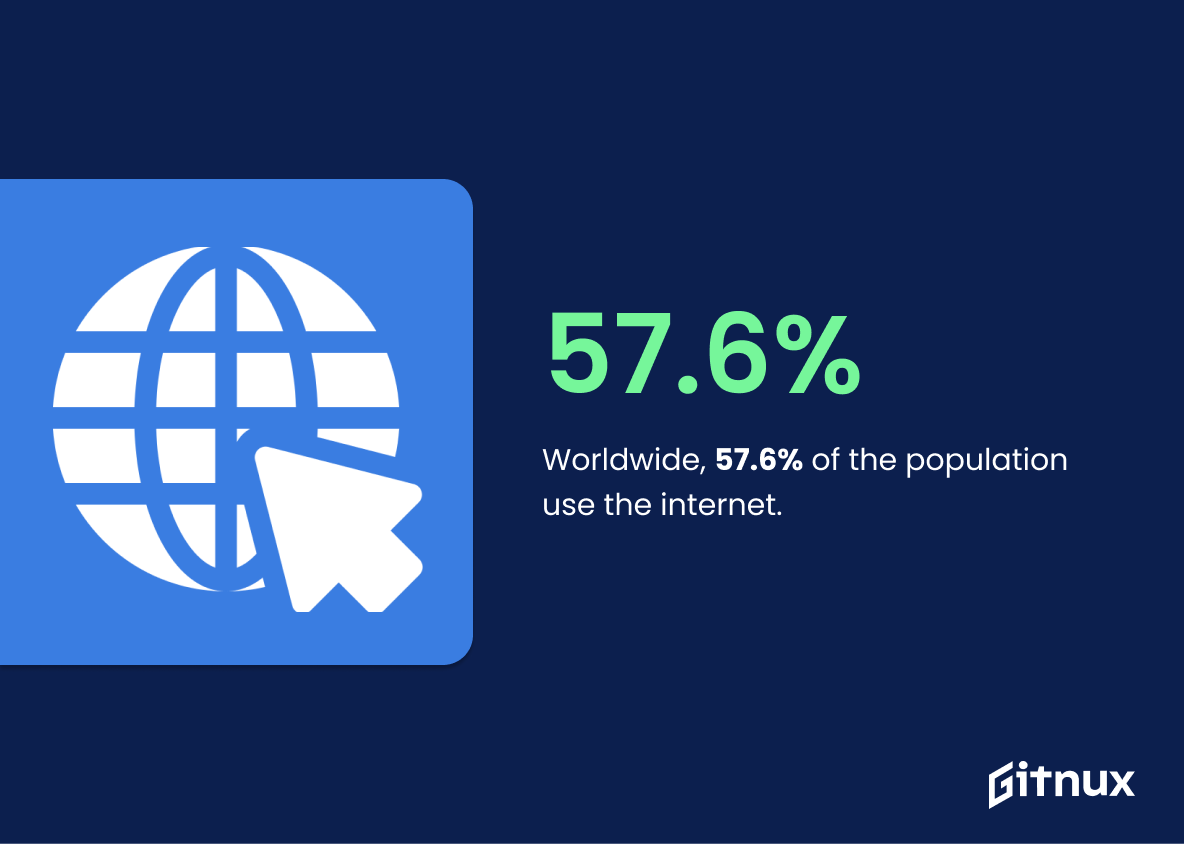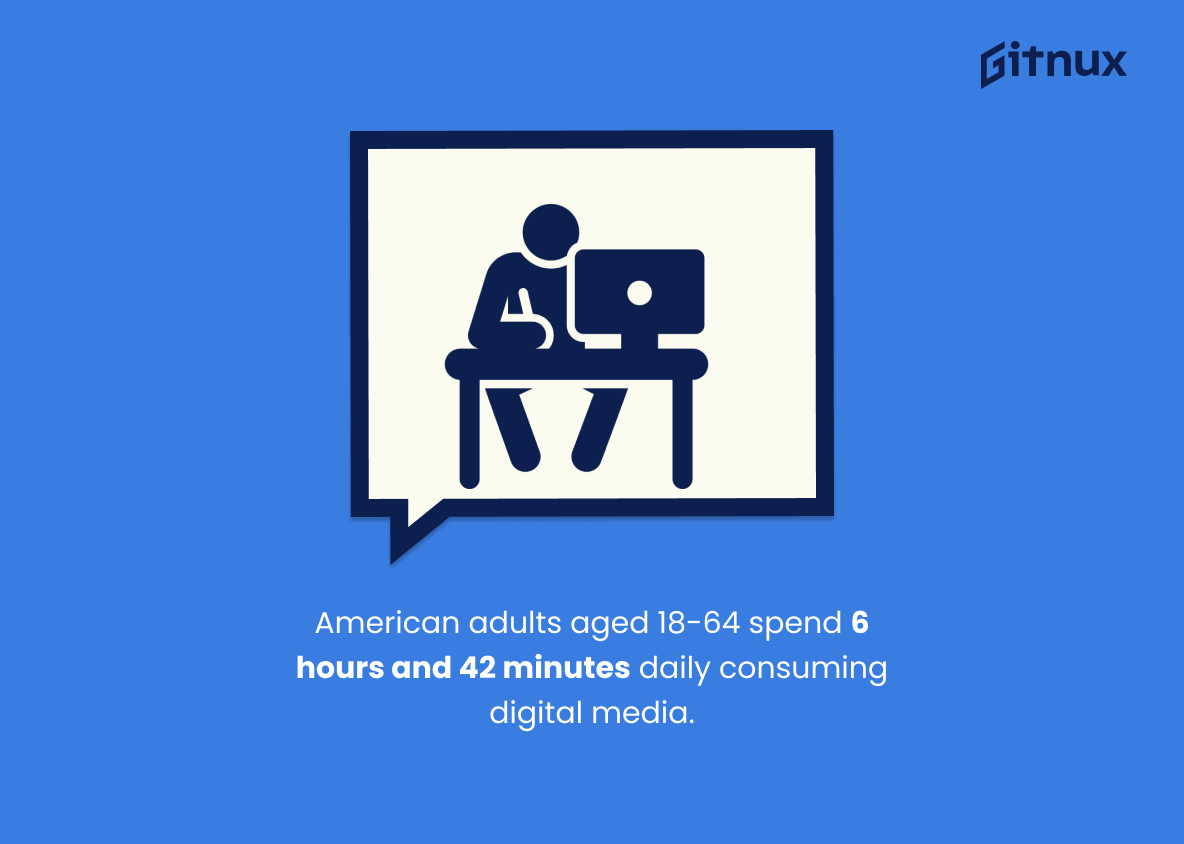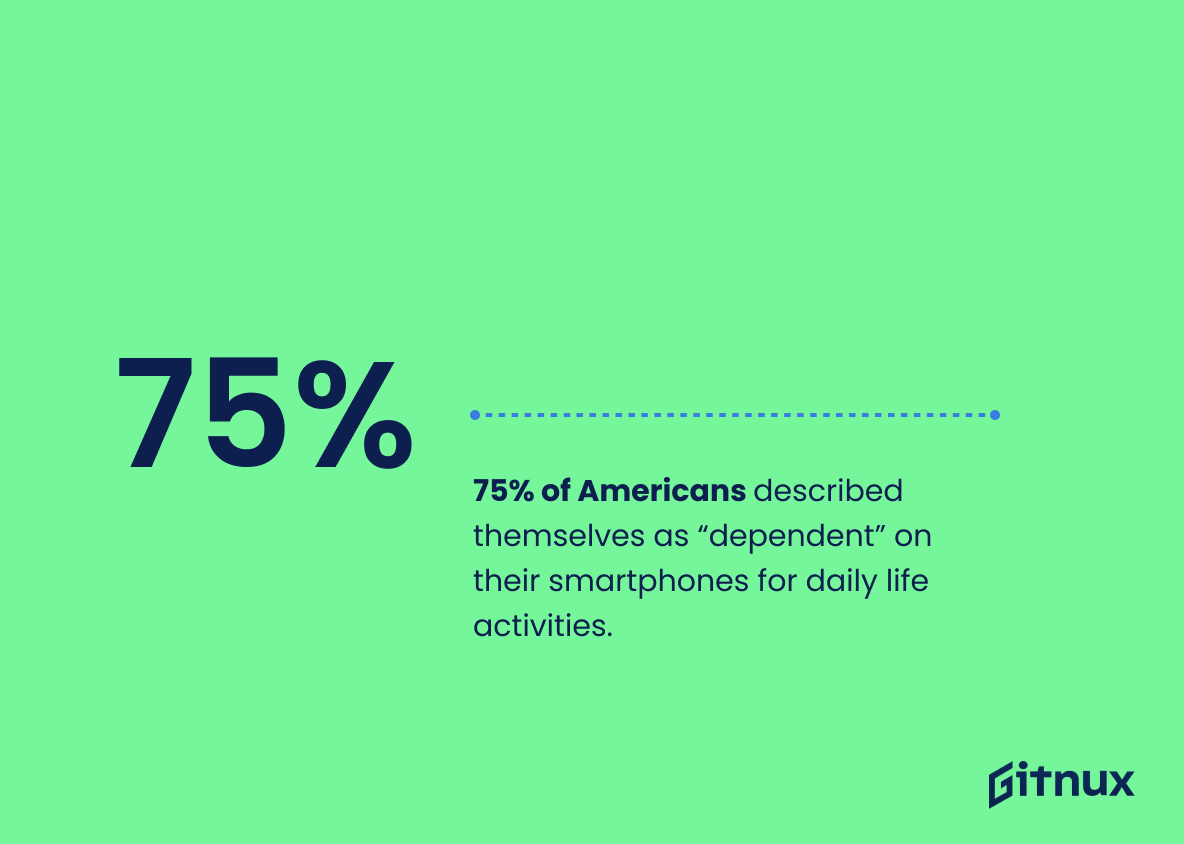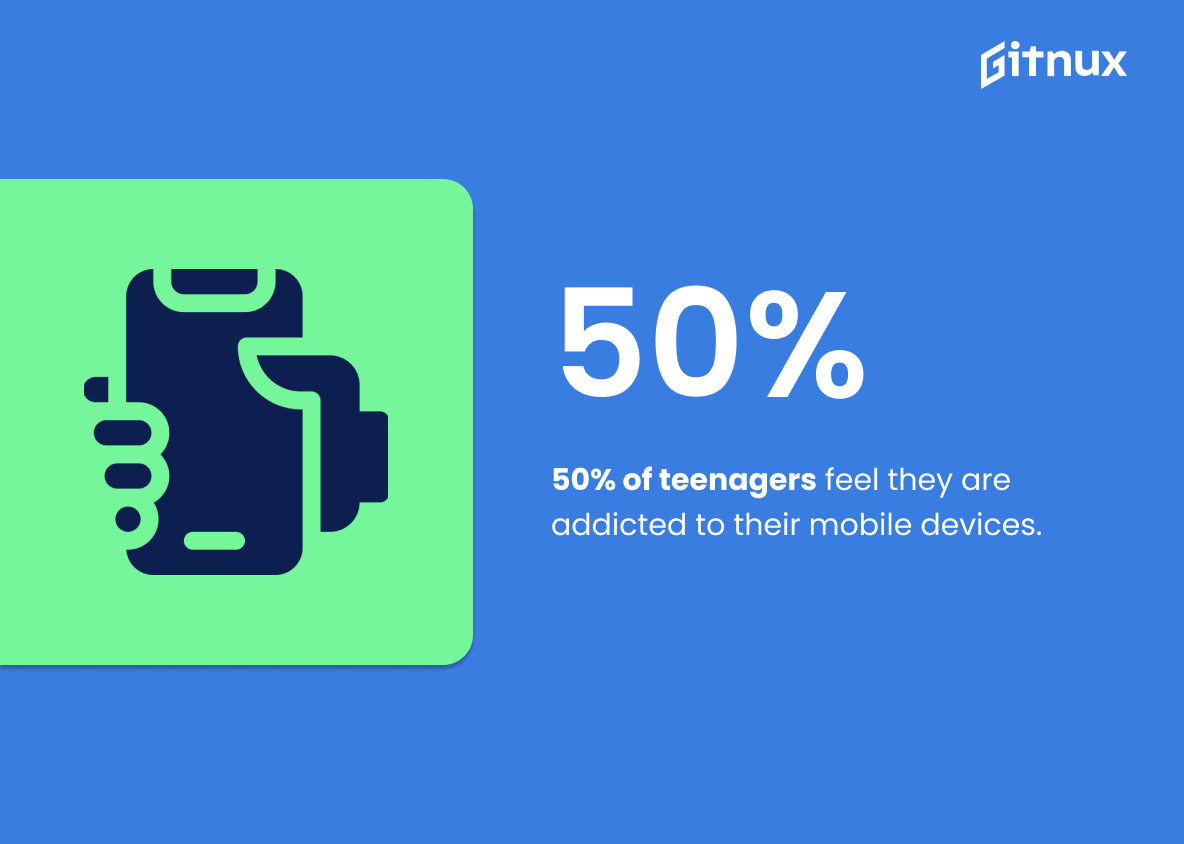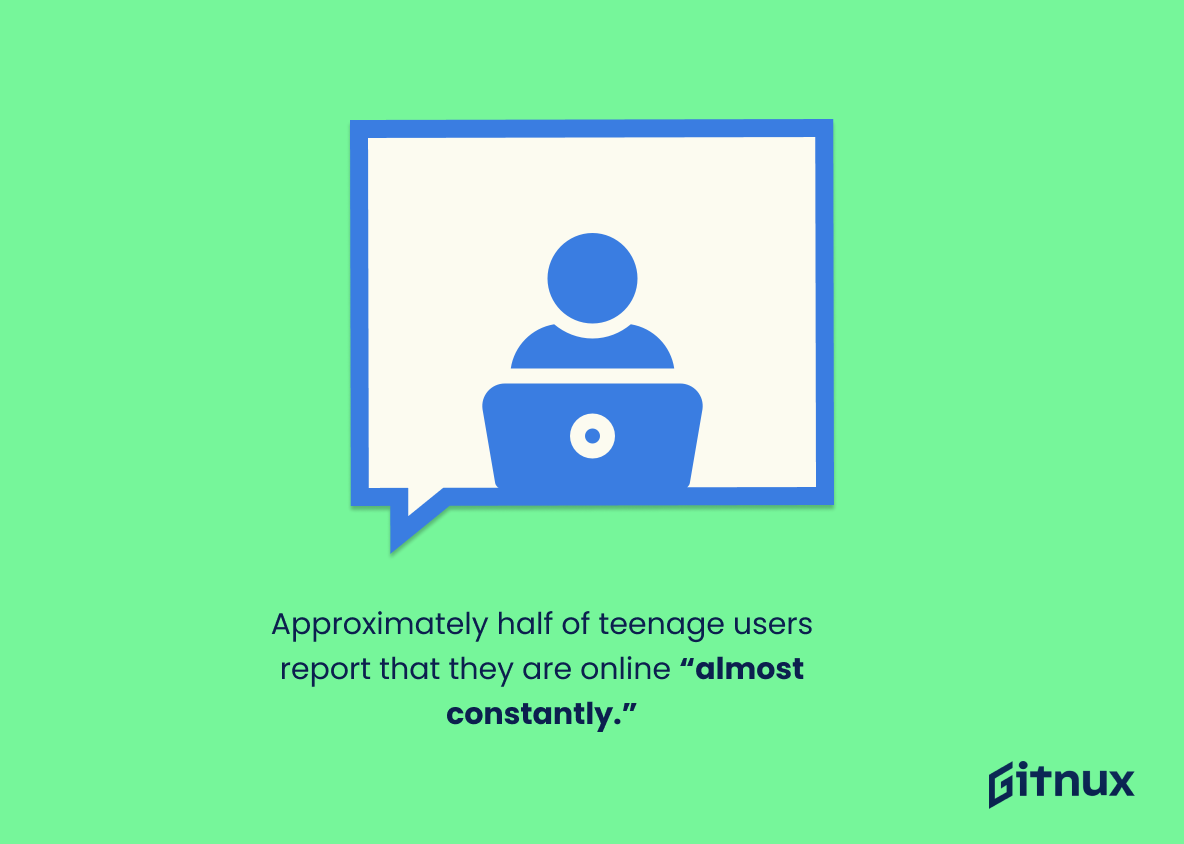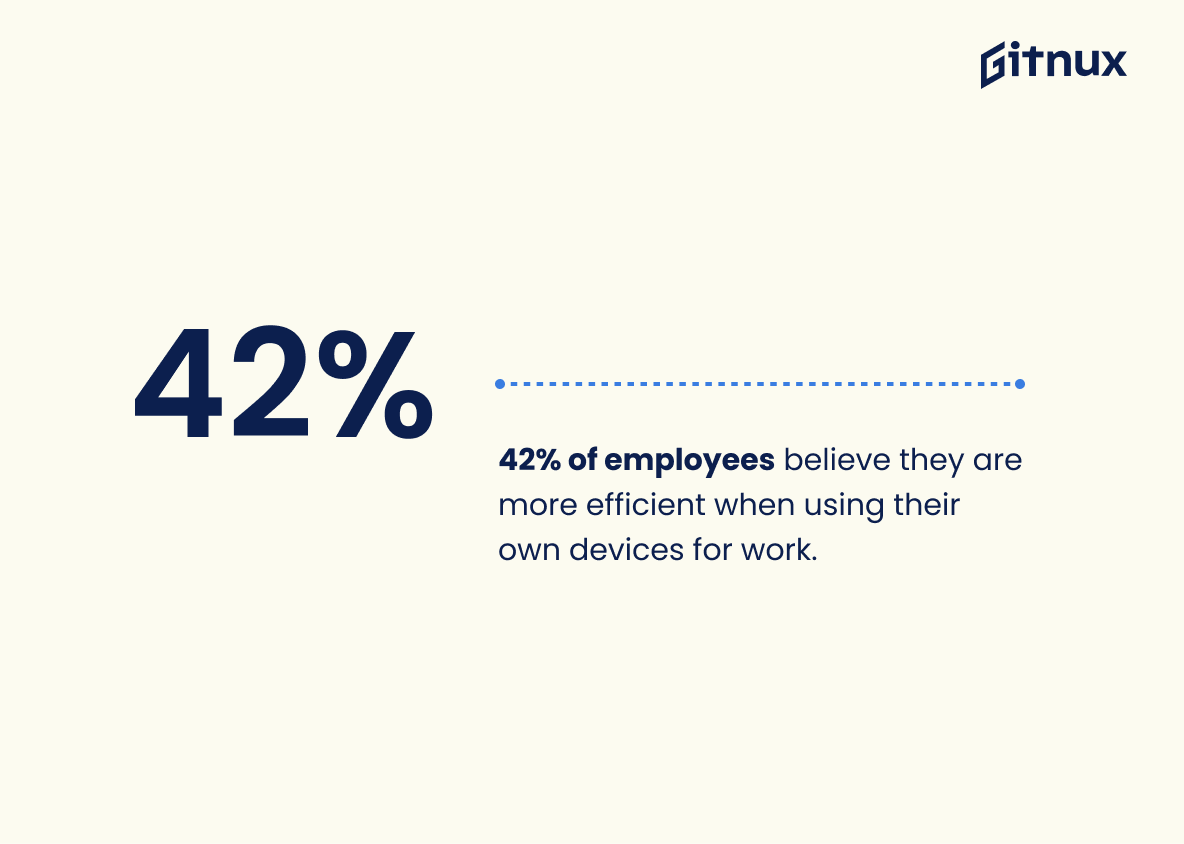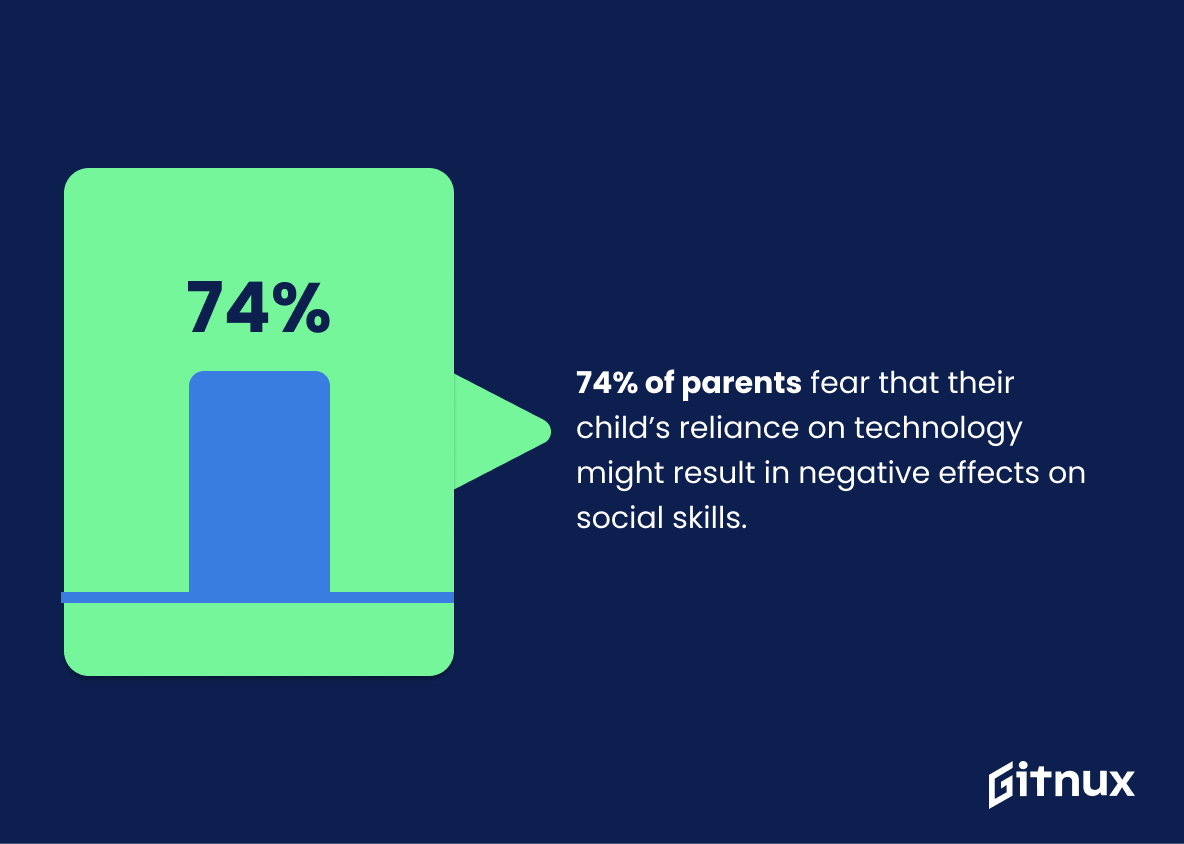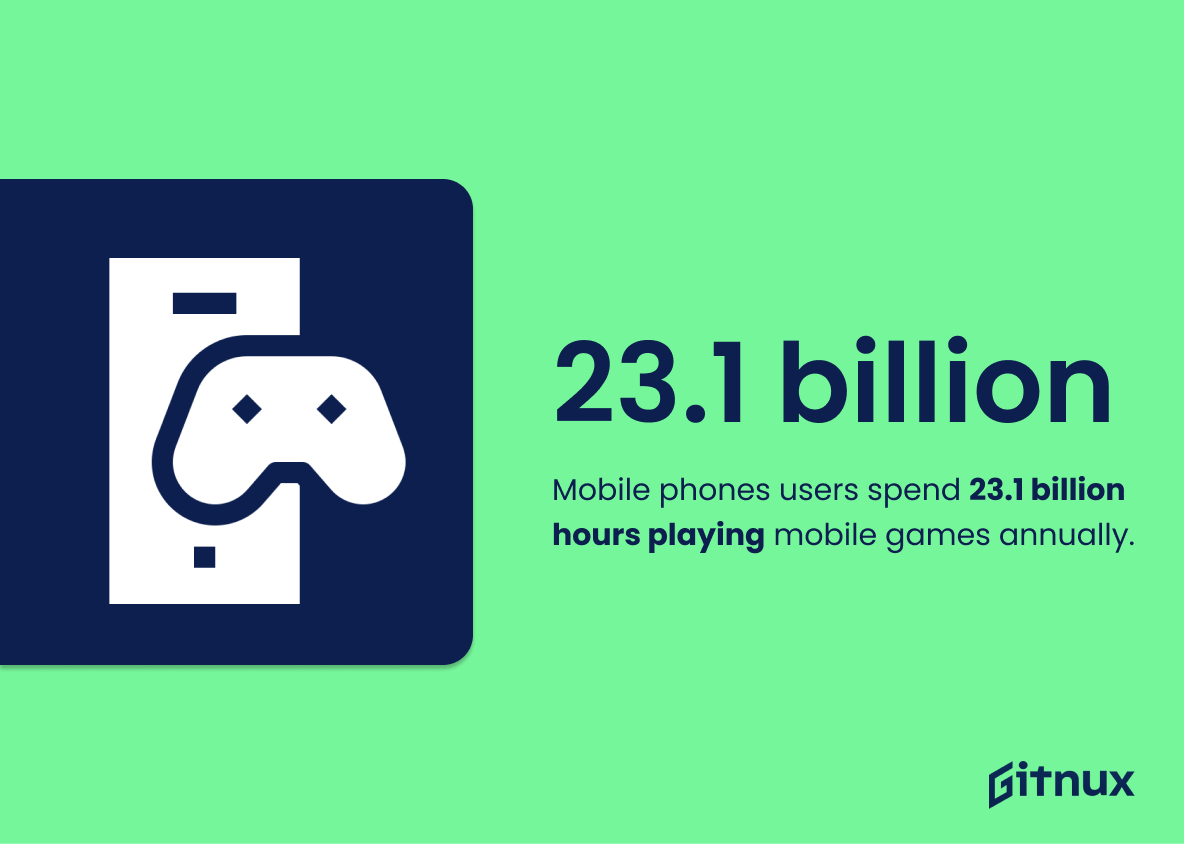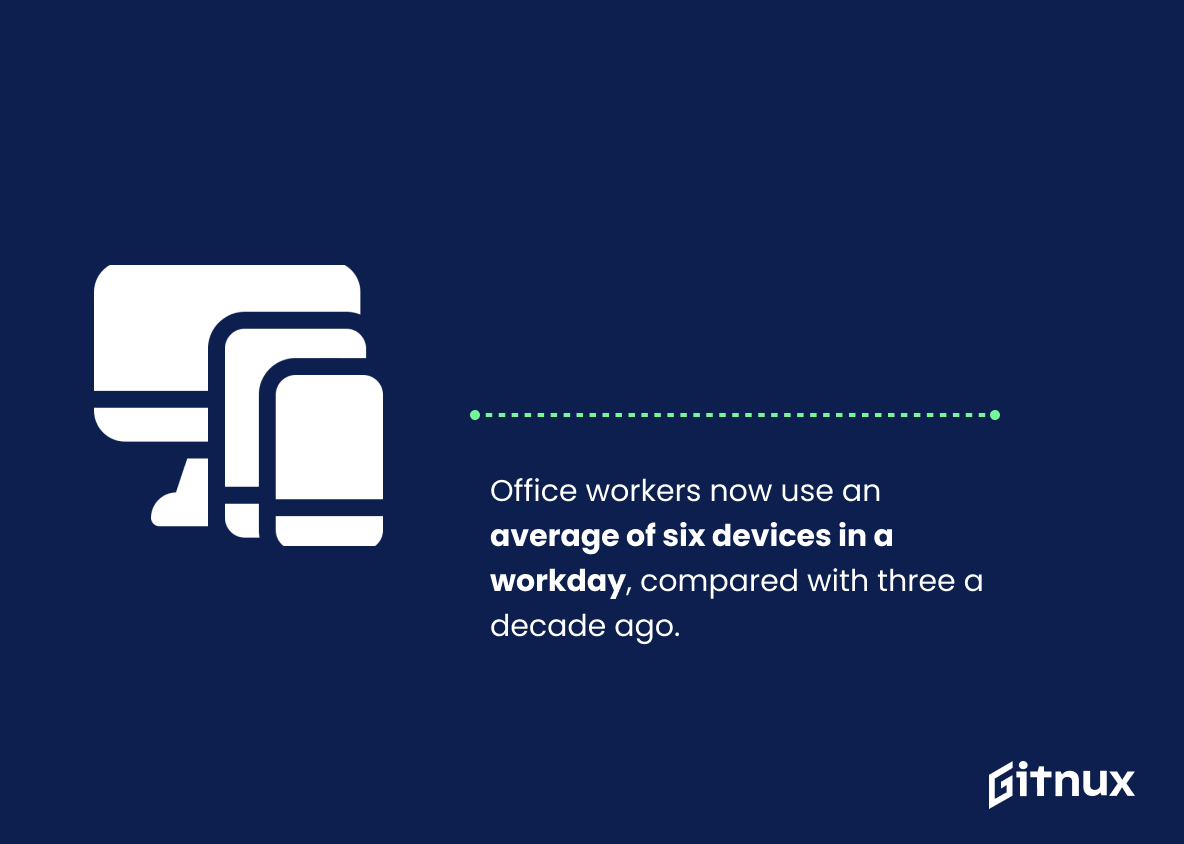Technology dependence has become a major issue in today’s world. With the rise of digital devices, it is no surprise that people are spending more and more time on their phones, computers, tablets and other electronic gadgets. This article will explore some statistics about technology dependence to give readers an idea of how pervasive this phenomenon really is. We’ll look at data from around the world regarding device usage, internet access, mobile phone addiction and much more. By understanding these numbers we can gain insight into our own habits as well as those of others so that we can make informed decisions about our relationship with technology going forward.
This statistic is a stark reminder of how deeply embedded technology has become in our lives. It speaks to the fact that the average American is spending more than a third of their day on their mobile devices, a clear indication of how dependent we have become on technology.
66% of the world’s population uses mobile phones.
This statistic is a telling indication of how deeply technology has infiltrated our lives. It shows that the majority of the world’s population has embraced mobile phones as a necessary part of their lives, and that technology dependence is a global phenomenon.
Technology Dependence Statistics Overview
Worldwide, 57.6% of the population use the internet.
This statistic is a telling indication of the prevalence of technology in our lives. It shows that the majority of the world’s population is now connected to the internet, and thus, dependent on technology for communication, entertainment, and information. This statistic is a powerful reminder of how technology has become an integral part of our lives and how it has changed the way we interact with each other.
American adults aged 18-64 spend 6 hours and 42 minutes daily consuming digital media.
This statistic is a stark reminder of how technology has become an integral part of our lives. It shows that the average American adult is spending almost a full day’s worth of time consuming digital media, which is a significant amount of time. This statistic is important to consider when discussing technology dependence, as it highlights the amount of time people are spending on digital media and how it is impacting their lives.
75% of Americans described themselves as “dependent” on their smartphones for daily life activities.
This statistic is a powerful indicator of the extent to which technology has become an integral part of our lives. It shows that the majority of Americans rely on their smartphones for a variety of activities, from communication to entertainment. This statistic is a reminder of the importance of understanding the potential risks of technology dependence and the need to take steps to ensure that our use of technology is safe and responsible.
One in four people spend more time online than offline.
This statistic is a stark reminder of the prevalence of technology dependence in our society. It highlights the fact that a significant portion of the population is spending more time online than engaging in real-world activities. This is an alarming trend that should be addressed, as it can have serious implications for our mental and physical health.
68% of US adults own more than one device, such as smartphones, computers, and tablets.
This statistic is a telling indication of the prevalence of technology dependence in the US. It shows that the majority of adults own multiple devices, suggesting that technology has become an integral part of their lives. This statistic is important to consider when discussing technology dependence, as it provides a snapshot of how deeply technology has become embedded in our society.
50% of teenagers feel they are addicted to their mobile devices.
This statistic is a stark reminder of the prevalence of technology dependence among teenagers. It highlights the need for parents, educators, and other adults to be aware of the potential risks associated with overuse of mobile devices and to take steps to ensure that young people are using technology responsibly. It also serves as a call to action for technology companies to create products and services that are designed to promote healthy technology use.
Approximately half of teenage users report that they are online “almost constantly.”
This statistic is a stark reminder of the prevalence of technology dependence among teenagers. It highlights the fact that many young people are so reliant on technology that they are online almost constantly. This has serious implications for their physical and mental health, as well as their social development.
42% of employees believe they are more efficient when using their own devices for work.
This statistic is a telling indication of the power of technology in the workplace. It suggests that employees are more productive when they are able to use their own devices for work, which speaks to the importance of having the right technology in place to support employees. This statistic is a reminder that technology dependence is a reality in the modern workplace, and that businesses should be investing in the right tools to ensure their employees are as productive as possible.
74% of parents fear that their child’s reliance on technology might result in negative effects on social skills.
This statistic is a powerful reminder of the potential risks associated with technology dependence. It highlights the fact that parents are concerned about the impact that technology can have on their children’s social skills, and serves as a warning to be mindful of the amount of time spent on technology. This statistic is an important factor to consider when discussing the effects of technology dependence, and should be taken into account when discussing the potential risks and benefits of technology use.
84% of US cellphone owners say they could not go a single day without their mobile device.
This statistic is a powerful indicator of the extent to which US cellphone owners are dependent on their mobile devices. It speaks to the fact that the majority of people in the US rely on their phones for a variety of tasks, from communication to entertainment, and that they would struggle to go a day without them. This statistic is an important piece of evidence to consider when discussing technology dependence and its implications.
Mobile phones users spend 23.1 billion hours playing mobile games annually.
This statistic is a stark reminder of the amount of time people are dedicating to mobile gaming, highlighting the prevalence of technology dependence in our society. It is a clear indication that technology has become an integral part of our lives, and that people are increasingly relying on it for entertainment and leisure activities.
82% of teenagers would prefer the ability to consume digital news instead of reading print or watching TV news.
This statistic is a telling indication of the changing times and the growing reliance on technology. It speaks to the fact that teenagers are increasingly turning to digital news sources as their primary source of information, rather than traditional print or television news. This shift in preference is reflective of the larger trend of technology dependence, and is an important statistic to consider when discussing the implications of this dependence.
Office workers now use an average of six devices in a workday, compared with three a decade ago.
This statistic speaks volumes about the increasing reliance on technology in the workplace. It highlights the dramatic shift in the way we work, with the number of devices used in a single day having more than doubled in the last decade. This is indicative of the growing dependence on technology in the workplace, and the implications of this trend should not be overlooked.
Conclusion
The statistics presented in this blog post demonstrate the overwhelming dependence on technology that exists today. From adults spending an average of 6 hours and 42 minutes daily consuming digital media, to teenagers feeling addicted to their mobile devices, it is clear that technology has become a major part of our lives. This reliance on technology can have both positive and negative effects; while it may increase efficiency for office workers or provide educational opportunities for school-aged children, parents are concerned about its potential impact on social skills development. It is important to be aware of how much time we spend using digital devices so as not to let them take over our lives completely.
References
0. – https://www.commonsensemedia.org
1. – https://www.emarketer.com
2. – https://www.digitaltrends.com
3. – https://www.smh.com.au
4. – https://www.globalnews.ca
5. – https://www.internetworldstats.com
6. – https://www.pewresearch.org
7. – https://www.comparitech.com
8. – https://www.datareportal.com
9. – https://www.microsoft.com
10. – https://www.abcnews.go.com
11. – https://www.broadbandsearch.net
12. – https://www.apptopia.com
